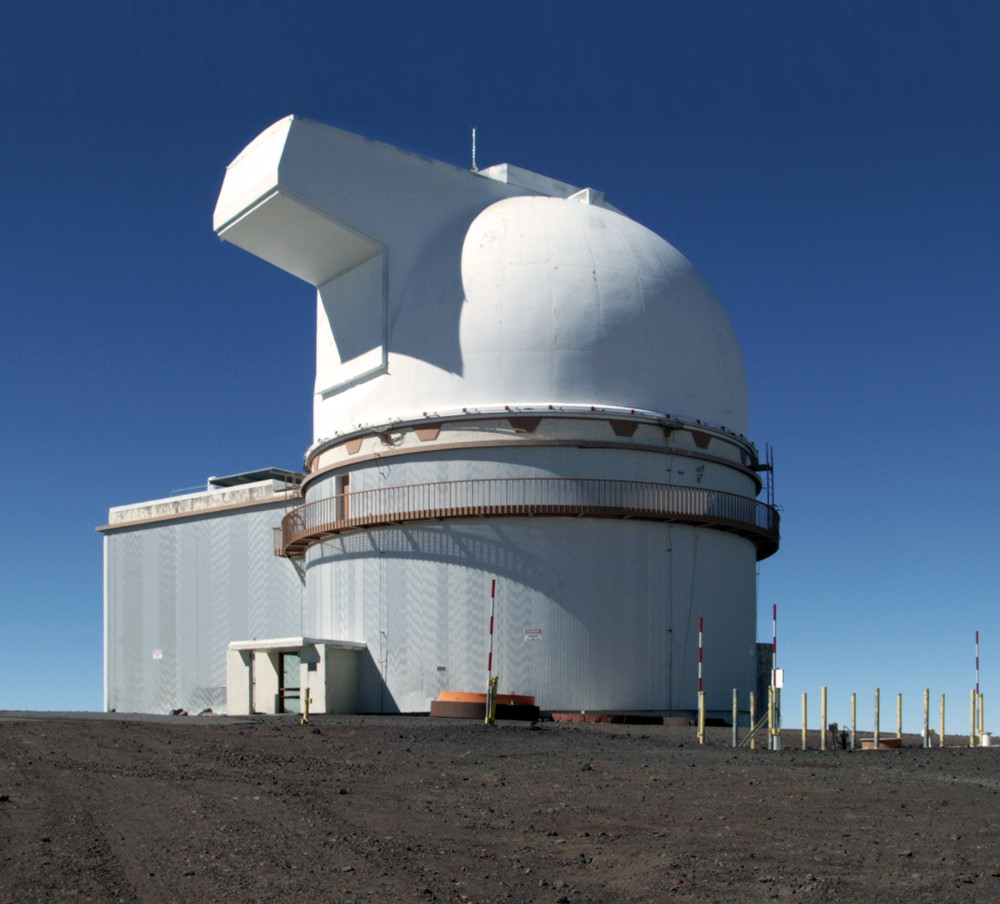The Space Force is turning to commercial salons to improve surveillance in space – Defense breached


Space Force intelligence chief Maj. Gen. Gregory Gagnon (right); Robert Cardillo, chairman of the board of Federal Planet (left). (Photo: Theresa Hitchens)
WASHINGTON — After its success in tapping hundreds of commercial ground-based sensors to keep an eye on the skies, the Space Force now wants to replicate that model for space-to-space imagery, according to the service’s intelligence chief.
“The other cross to look up is to look into outer space from outer space. There is no reason that you should only observe satellite maneuvers from the ground. You can do that from space,” Maj. Gen. Gregory Gagnon, the Space Force’s deputy chief of space operations for intelligence, said today.
For example, he noted that the service has been working with the Pentagon’s advanced research unit, DARPA, on the Space Domain Wide Area Tracking and Characterization, or Space-WATCH, effort designed to encourage commercial operators of large constellations for other missions to also equip their satellites for neighborhood observation tasks.
Gagnon’s signal of increased interest in commercial on-orbit sensing was music to the ears of an audience at an event sponsored by remote sensing startup Planet.
“I was pleasantly surprised,” Robert Cardillo, a former director of the National Geospatial Intelligence Agency and chairman of the board for Planet Federal, the company’s US arm, told Breaking Defense.
To date, the Space Force’s efforts to enhance its space domain awareness through the integration of commercial capabilities have focused primarily on acquiring data and analysis from ground-based telescope and radar networks.
The service’s work on space-based capabilities to monitor adversary satellites has focused on government-owned and operated constellations such as constellation of the Geosynchronous Space Situational Awareness Program (GSSAP) service and its successor program called SILENTBARKER with the National Reconnaissance Office.
By contrast, the Space Force’s interest in commercially owned neighborhood satellites has been largely limited to experimentation — in part because commercial capabilities are somewhat embryonic, since license restrictions on sales of what is often called “non-Earth imagery” were lifted only last year. past.
That said, the Space Force in March issued a request for information (RFI) seeking industry ideas to inform its early work to develop concepts for “a constellation of free-flying space vehicles with electro-optical payloads to detect, track and characterize space objects resident in geosynchronous orbit.” The RFI explained that right now the service wants ideas to “support studies and near- and medium-term acquisition decisions” about satellites that can not only sit still and take pictures of adversary satellites, but also perform “rendezvous and rendezvous operations.” proximity” to stay close. their targets.
Meanwhile, Gagnon emphasized that the Space Force is “making great progress” in its current efforts to integrate commercial capabilities and thereby improve its space surveillance controls.
Using only commercial ground-based sensors to provide data, the Space Force is now collecting “360 observations per minute” of objects in space, he said. “This goes up to about 17 million per month. … [E]very four minutes, just from the commercial data, we are identifying a maneuver and space and sending an alert.”
Gagnon explained that instead of buying new space monitoring equipment to augment the US Command’s Space Surveillance Network of government-owned sensors, the Space Force is receiving commercial data from “over 24 companies” through “service” agreements. .
“Those observations and those data are fed into our Unified Data Library,” he explained, which can then be used “to help us understand outer space.”
Gagnon praised the SSC’s work on UDL, started in 2018 and now being updated, and asked the Planet audience of mostly commercial representatives of the remote sensing industry not to bother duplicating it.
“I don’t want you to set up your IRAD [independent research and development] in building an information system data structure that helps handle all of that, because I’ve picked a winner,” he said. “And it’s important that we stay with that winner because it’s doing so well.”
Gagnon urged companies to instead work on creating capabilities to help improve UDL performance, such as artificial intelligence/machine learning tools to process data and automatically sift through observational data to identify and track satellite maneuvers “in relevant operational time frames”.
#Space #Force #turning #commercial #salons #improve #surveillance #space #Defense #breached
Image Source : breakingdefense.com




